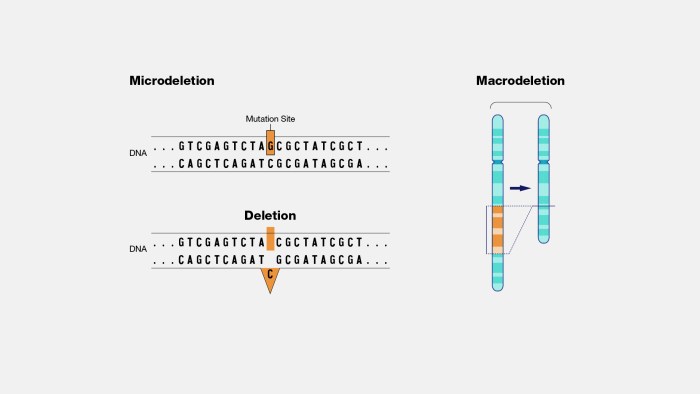Chapter 11 introduction to genetics section review 11-1 answer key – Embark on an illuminating journey into the realm of genetics with our comprehensive answer key for Chapter 11’s Section Review 11-1. This meticulously crafted guide unveils the fundamental principles and historical milestones that have shaped our understanding of heredity, providing a solid foundation for your exploration of this captivating field.
Delve into the groundbreaking discoveries of Gregor Mendel, the father of genetics, and unravel the intricacies of Mendelian inheritance patterns. Discover the molecular basis of life through the exploration of DNA and RNA, and witness the remarkable processes of gene expression and genetic engineering.
Introduction to Genetics
Genetics is the study of heredity and variation in living organisms. It encompasses the study of the structure, function, and transmission of genetic material from one generation to the next.
The historical development of genetics can be traced back to the work of Gregor Mendel, an Austrian monk who conducted experiments on pea plants in the mid-19th century. Mendel’s experiments laid the foundation for the understanding of inheritance and led to the formulation of the laws of inheritance, which are still considered the cornerstone of genetics.
Mendelian Genetics
Mendel’s Laws of Inheritance
- Law of Segregation:Alleles for a gene segregate (separate) during gamete formation, and each gamete carries only one allele for each gene.
- Law of Independent Assortment:Alleles of different genes assort independently of one another during gamete formation.
- Law of Dominance:When an individual has two different alleles for a gene, the dominant allele will be expressed in the phenotype, while the recessive allele will be masked.
Examples of Dominant and Recessive Traits, Chapter 11 introduction to genetics section review 11-1 answer key
- Dominant:Brown eyes, tall height, curly hair
- Recessive:Blue eyes, short height, straight hair
Genetic Variation
Genetic variation is the difference in genetic material between individuals. It is the raw material for evolution and allows populations to adapt to changing environmental conditions.
DNA and RNA
Structure and Function of DNA
DNA (deoxyribonucleic acid) is a molecule that contains the instructions for an organism’s development and characteristics. It is composed of a double helix of nucleotides, each of which consists of a sugar molecule, a phosphate molecule, and a nitrogenous base (adenine, thymine, cytosine, or guanine).
Role of RNA in Protein Synthesis
RNA (ribonucleic acid) is a molecule that is involved in protein synthesis. It is composed of a single strand of nucleotides and is produced by transcription from DNA. There are three main types of RNA: messenger RNA (mRNA), transfer RNA (tRNA), and ribosomal RNA (rRNA).
DNA Replication
DNA replication is the process by which DNA makes a copy of itself. It occurs during cell division and ensures that each daughter cell receives a complete copy of the genetic material.
Gene Expression: Chapter 11 Introduction To Genetics Section Review 11-1 Answer Key
Transcription
Transcription is the process by which RNA is synthesized from DNA. It is carried out by an enzyme called RNA polymerase, which binds to a specific region of DNA and uses it as a template to synthesize a complementary strand of RNA.
Translation
Translation is the process by which proteins are synthesized from RNA. It is carried out by ribosomes, which bind to mRNA and use it as a template to assemble amino acids into a polypeptide chain.
Regulation of Gene Expression
Gene expression is regulated by a variety of mechanisms, including transcription factors, microRNAs, and epigenetic modifications. These mechanisms ensure that genes are expressed in the right cells, at the right time, and in the right amount.
Commonly Asked Questions
What is the significance of Gregor Mendel’s work in genetics?
Gregor Mendel’s meticulous experiments with pea plants laid the foundation for our understanding of inheritance patterns. His laws of segregation and independent assortment provided the cornerstone for modern genetics.
How does DNA differ from RNA?
DNA (deoxyribonucleic acid) and RNA (ribonucleic acid) are both nucleic acids, but they differ in structure and function. DNA carries genetic information, while RNA plays a crucial role in protein synthesis and gene regulation.
What are the ethical implications of genetic engineering?
Genetic engineering raises complex ethical questions related to the potential misuse of technology, the impact on human health and the environment, and the equitable distribution of its benefits.
